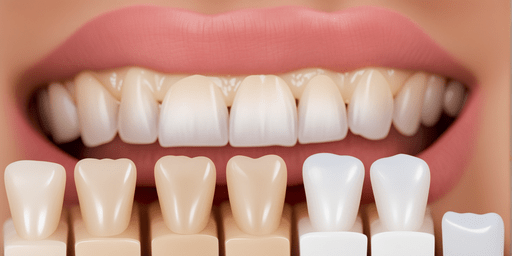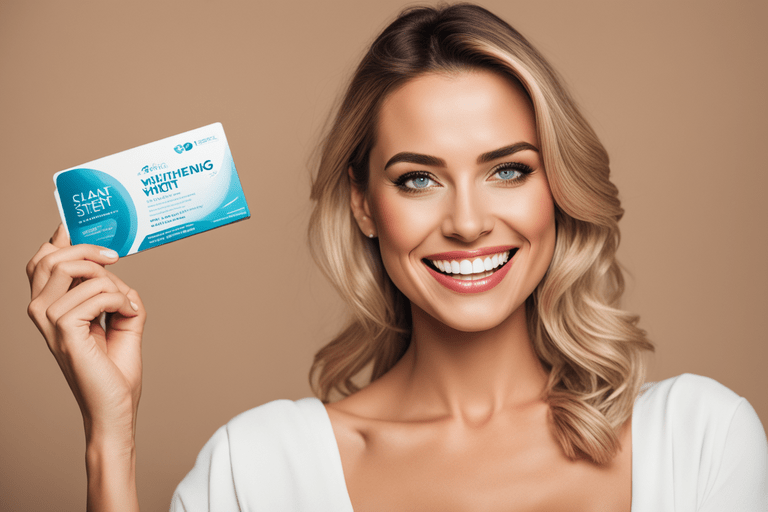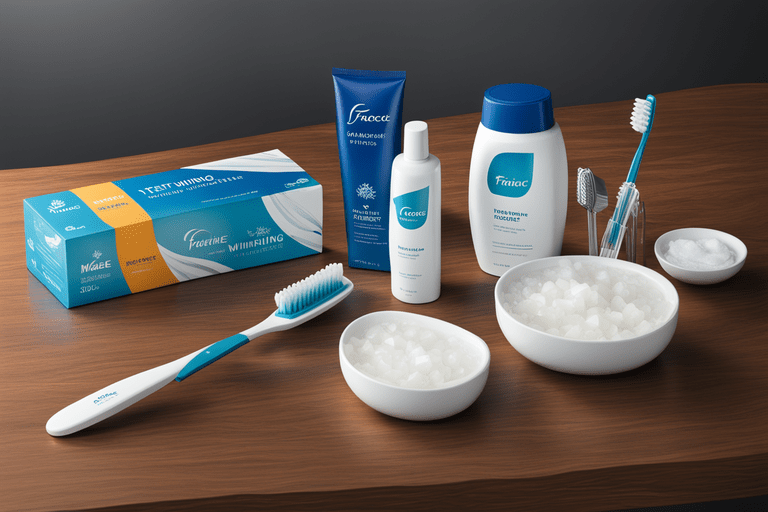Have you ever admired a celebrity’s bright white smile and wondered, “How can I get teeth that white?” While an eye-catching smile has become popular in media, many don’t realize that ultra-bright white teeth are not always natural or healthy. So how can you determine the ideal shade for your teeth?
Key Takeaway
Aim for a natural, light yellowish-white shade to avoid an artificial look. Consult your dentist to find the whitening methods suitable for your teeth. Focus on oral health first, not just cosmetic shade.
Teeth come in various natural shades, much like skin tones. The color is influenced by the thickness of the hard enamel layer, and the hue of the underlying dentin layer American Dental Association. Some people naturally have thicker enamel and lighter dentin, leading to whiter teeth. But genetics, age, and habits also impact tooth color.
Understanding How White Should Teeth Be
Over time, enamel thins and more of the yellowish dentin shows through, giving a darker appearance. “As we age, the outer enamel layer of the teeth becomes thinner, allowing the inner dentin to show through. This inner layer has a yellowish tint, causing teeth to appear darker and more yellow” says Dr. Ada Cooper, spokesperson for the American Dental Association.
Lifestyle habits also stain and discolor the enamel. Frequent coffee, tea, wine and tobacco use can mark the enamel over time. Medications like tetracycline during childhood can also permanently stain teeth. Acid erosion and teeth grinding wears down the protective enamel layer. Even genetics and illness play a role in tooth color variation Crest Whitening.
So before reaching for tooth whitening treatments, understand that some yellowing is natural and the ideal shade varies by individual.
Finding Your Ideal Tooth Shade

Dentists use professional tooth shade guides to evaluate color. The popular VITA Classical Shade Guide rates teeth from lighter shades of B1 to darker shades of C4 and D4. Dentists generally consider B1, or an off-white ivory, to be the ideal tooth color in terms of aesthetics and natural appearance.
However, even lighter shades of yellow, such as A1 through D2 on the VITA guide, are considered healthy and attractive teeth Colgate. The key is choosing a whiteness level that complements your skin tone instead of clashing with it.
Overly white teeth risk looking unnatural and almost translucent. Dr. Matt Nejad, a cosmetic dentist, notes that “Porcelain white teeth…end up giving you that ‘chloroform shine’–an artificial look that screams capped teeth…or dentures” Gentle Dental. The goal is a natural radiance, not an artificial fluorescence.
Home Whitening Methods and Their Limits

Before considering professional whitening, try improving tooth shade at home through:
- Brushing and flossing to remove surface stains
- Abrasive whitening toothpastes with ingredients like baking soda or hydrogen peroxide
- Natural whiteners like strawberries, baking soda, or activated charcoal
- Avoiding dark staining foods and drinks like coffee, red wine, and tobacco
However, home remedies can only whiten mildly to moderately due to the limited strength of over-the-counter products. For more dramatic whitening, professional options are required.
Professional Whitening At the Dentist’s Office, Veneers Maybe?
For patients seeking significant whitening beyond 2-3 shades, in-office bleaching is the most effective option, Colgate. Performed by your dentist, the gums are protected before applying concentrated bleaching gel on the teeth. After 1-2 hours under special lighting, stains are oxidized away for dramatically whiter teeth up to 8 shades brighter American Dental Association.
However, in-office bleaching may cause tooth sensitivity or irritated gums. Overuse can also damage the enamel layer. Always consult your dentist first to see if you are a good candidate. For some patients, boosters or take-home trays (Psst, here’s a coupon for $100 off White100) are better options to gradually brighten teeth over time. Cost is also a consideration at $500-$1000 per treatment.
Whitening Strips, Gels and Toothpaste

For milder whitening, over-the-counter products use code white100 ordered online include:
- Whitening strips with peroxide applied for 30 minutes a day
- Custom-fit whitening trays with gel applied a few hours per day
- Whitening toothpastes with moderate abrasives and bleaching ingredients
These options gradually remove stains over days or weeks of use. However, results are slower and less dramatic than in-office bleaching. Improper use can also damage gums and enamel through over-application. Always follow package directions carefully.
How White Should Teeth Be Maintaining Your Smile, Crown?
Whitened teeth require maintenance to prevent new stains and discoloration. Be diligent about daily brushing and flossing and regular dental cleanings every 6 months. Avoid habits that stain teeth like smoking cigarettes or sipping dark liquids like coffee, cola and red wine. Use whitening toothpaste Grab a 3-pack here! and touch up periodically with whitening strips or trays. With care, your brightened smile can last.
Q&A:
How white should my teeth be? Your teeth should have a natural looking light yellowish white shade, avoiding an artificial bright white. Discuss your goals with your dentist.
How white can teeth be naturally? With diligent oral hygiene and natural whitening methods, teeth can reach an off-white or very light yellow but not dramatic whitening.
Can teeth be too white? Yes, an extremely bright fake-looking white can damage enamel and appear highly unnatural. Avoid over-whitening beyond your natural baseline.
How white will my teeth get? Whitening results depend on the method used. In-office bleaching gives the most dramatic whitening, potentially up to 8 shades brighter.
Should healthy teeth be white? Naturally, healthy white teeth often have a slight yellowish tint. An overly white shade is not necessarily an indicator of oral health. Focus on cleanliness and dental care.
Which is stronger, white or yellow teeth? Tooth strength depends on enamel thickness rather than tooth shade. Naturally lighter and yellower teeth are not inherently weaker or stronger.
The Key is Oral Health, Not Just Cosmetic White Teeth
While whitening can enhance your smile, don’t let tooth color alone define your oral health or attractiveness. With good dental habits, teeth of all natural shades can look beautiful. Consult your dentist to determine if whitening is right for you, but don’t lose sight of inner tooth care in pursuing an ideal outer shade.
At the end of the day, your smile’s radiance comes from health and confidence. Keep up regular dental visits, brushing and cleanings whether you brighten your shade or not. Inner strength and outer sparkle come from self-care, not color. With the facts, you can make wise choices on whitening options while prioritizing lasting oral wellness.
Still wondering, how white should your teeth be? Let’s keep the conversation going! Leave a comment below.
